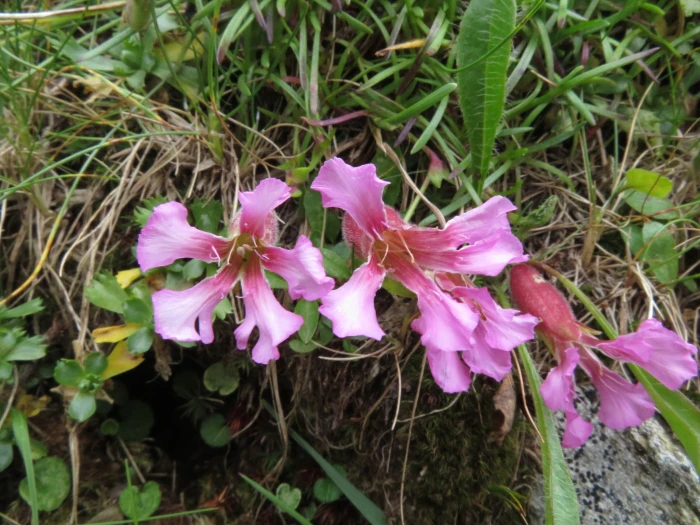Dwarf Soapwort
(Saponaria pumila)
Dwarf Soapwort (Saponaria pumila)
/
/

Milan Chytrý
CC BY 4.0
Image By:
Milan Chytrý
Recorded By:
Copyright:
CC BY 4.0
Copyright Notice:
Photo by: Milan Chytrý | License Type: CC BY 4.0 | License URL: http://creativecommons.org/licenses/by/4.0/ | Rights Holder: Milan Chytrý | Publisher: iNaturalist | Date Created: 2021-08-24T14:24:36-07:00 |

























Estimated Native Range
Climate Requirements for Addis Ababa, Ethiopia
| This Plant | Your Site | Plant Suitability for Your Location | ||
|---|---|---|---|---|
| • Precipitation | 54" - 64" | 45" | Aquatic | Aquatic |
| • High Temp. | 51°F - 62°F | 75°F | Your summer temperatures are normal for this plant. | Excellent |
| • Low Temp. | 12°F - 18°F | 46°F | OK, but your winter temperatures are warmer than normal for this plant | OK |
This plant should grow well at your location with about N inches per year (Y minutes per month) of irrigation.
Summary
Saponaria pumila, commonly known as Dwarf Soapwort, is a perennial herb that is native to alpine and subalpine zones in the eastern Alps of Austria and Italy, as well as the southern parts of the Eastern Carpathians in Romania. It typically forms low, dense mats of foliage, reaching up to 10 cm in height. Dwarf Soapwort is characterized by its lance-shaped leaves and clusters of small, star-shaped pink flowers that bloom in the summer months. The flowers are modest in size but can be quite showy due to their abundance.
Dwarf Soapwort is valued for its ability to create a lush ground cover in rock gardens and alpine troughs, where it can be appreciated for its low-maintenance nature and tolerance of poor, rocky soils. It requires well-drained soil to prevent root rot and thrives in full sun to partial shade conditions. While it is not widely known for its medicinal or culinary uses, it is sometimes used in traditional soap making due to its saponin content, which produces a lather when combined with water. Gardeners should note that, despite its delicate appearance, Saponaria pumila is quite hardy and can survive in harsh mountainous climates.CC BY-SA 4.0
Dwarf Soapwort is valued for its ability to create a lush ground cover in rock gardens and alpine troughs, where it can be appreciated for its low-maintenance nature and tolerance of poor, rocky soils. It requires well-drained soil to prevent root rot and thrives in full sun to partial shade conditions. While it is not widely known for its medicinal or culinary uses, it is sometimes used in traditional soap making due to its saponin content, which produces a lather when combined with water. Gardeners should note that, despite its delicate appearance, Saponaria pumila is quite hardy and can survive in harsh mountainous climates.CC BY-SA 4.0
Plant Description
- Plant Type: Herb, Subshrub
- Height: 0.1-0.3 feet
- Width: 0.5-1 feet
- Growth Rate: Moderate
- Flower Color: Pink
- Flowering Season: Summer
- Leaf Retention: Deciduous
Growth Requirements
- Sun: Full Sun, Part Shade
- Water: Low
- Drainage: Medium, Fast
Common Uses
Border Plant, Low Maintenance, Rock Garden
Natural Habitat
Native to alpine and subalpine zones in the eastern Alps and the southern parts of the Eastern Carpathians
Other Names
Common Names: Dwarf Soapwort, Pygmy Bitterroot, Pygmy Pink, Zwerg-Seifenkraut, Pumilio Soapwort
Scientific Names: Saponaria pumila, Behen pumilio, Cucubalus pumilio, Lychnis pumilio, Saponaria nana, Saponaria pumilio, Saponaria pumilio, Saponaria pumilio, Silene pumila
GBIF Accepted Name: Saponaria pumila